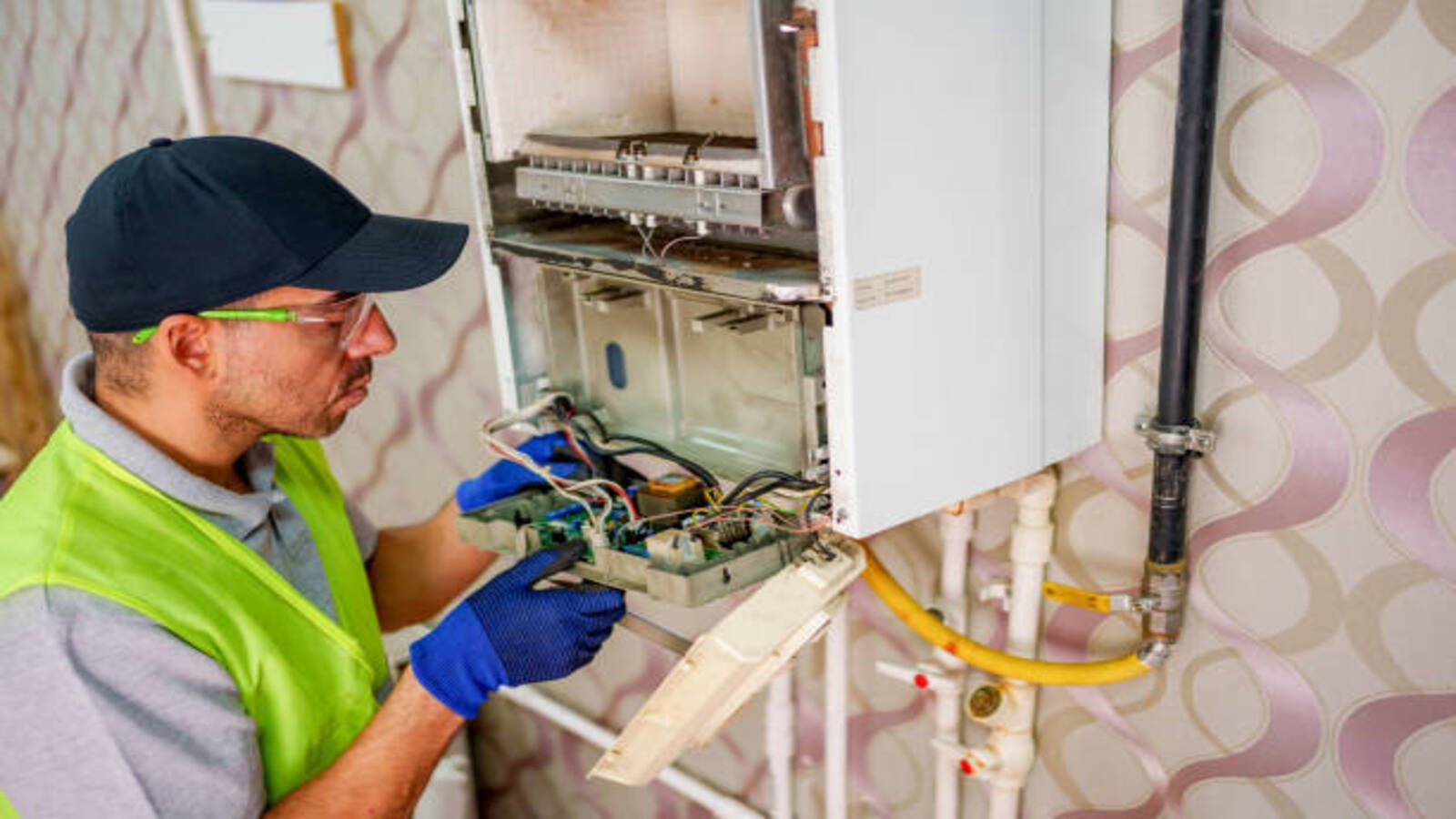The Importance of Anodizing process for copper and aluminum electrical parts
Anodizing process is a crucial method used to enhance the durability and corrosion resistance of copper and aluminum electrical parts. It involves an electrochemical process that creates a protective layer on the surface of the metal, making it more resistant to wear and tear.
What is Anodizing Process for Copper and Aluminum Electrical Parts?
The anodizing process involves immersing the metal part in an electrolyte solution, followed by passing an electric current through the solution. This causes a layer of oxide to form on the surface of the metal, which further gets thickened by the controlled oxidation of the metal surface. The thickness of the oxide layer is carefully controlled to ensure it provides the required protection to the metal.
Why Anodize Copper and Aluminum Electrical Parts?
The anodizing process for copper and aluminum electrical parts provides numerous benefits, including:
- Improved corrosion resistance
- Enhanced durability
- Better wear resistance
- Improved electrical insulation
- Enhanced appearance
Anodizing Process for Copper Electrical Parts
Copper electrical parts are often anodized to improve their durability and to avoid the formation of a green patina on the surface. Copper oxide, which forms when copper is exposed to air and moisture, can affect the performance of electrical parts. The anodizing process for copper parts involves immersing them in an alkaline solution while passing an electrical current through it.
Anodizing Process for Aluminum Electrical Parts
Anodizing aluminum electrical parts provides better corrosion and wear resistance, good electrical insulation, and improved appearance. The anodizing process for aluminum parts involves immersing them in a sulfuric acid solution while simultaneously passing an electrical current through it. The process creates a hard, non-porous layer, which is resistant to corrosion and wear.
The Benefits of Hard Anodizing for Copper and Aluminum Electrical Parts
Hard anodizing is a specialized anodizing process that is used to create additional protection and durability on copper and aluminum electrical parts. The process involves dipping the electrical parts in a sulfuric acid bath, followed by a controlled electrical process to create a thicker oxide layer. The benefits of hard anodizing include:
- Improved abrasion resistance
- Harder and more durable surface
- High-temperature stability
- Increased chemical resistance
The Environmental Benefits of Anodizing Process
The anodizing process is an eco-friendly alternative to plating. It does not involve any hazardous materials, and its by-products can be easily treated or recycled. Moreover, the anodizing process provides a durable and long-lasting surface that reduces the need for frequent replacements, leading to less waste.
The Applications of Anodizing Process for Copper and Aluminum Electrical Parts
Anodizing of copper and aluminum electrical parts is used in various applications including:
- Wiring systems
- Electronic components
- Power distribution systems
- Automotive parts
- Aerospace components
- Marine parts
The Cost of Anodizing Process for Copper and Aluminum Electrical Parts
The cost of anodizing process for copper and aluminum electrical parts depends on various factors, such as the size and complexity of the part, the type of anodizing process required, and the production volume. However, the benefits offered by the anodizing process outweigh its cost, making it a reliable investment for businesses.
The Bottom Line
The anodizing process is a reliable and efficient method for enhancing the durability, wear resistance, and corrosion resistance of copper and aluminum electrical parts. By understanding its benefits, applications, and cost-effectiveness, businesses can make informed decisions to invest in this technology for long-term success.

